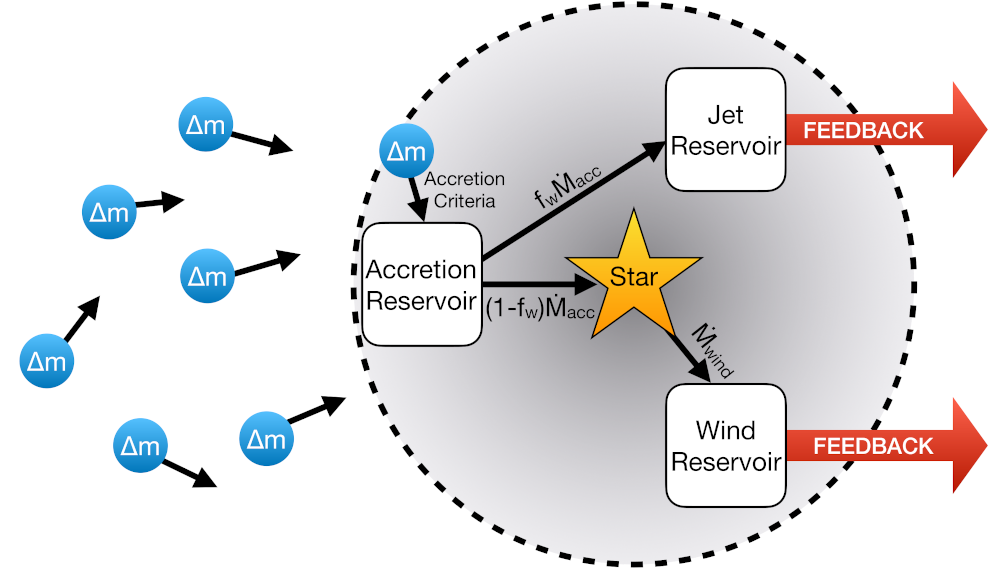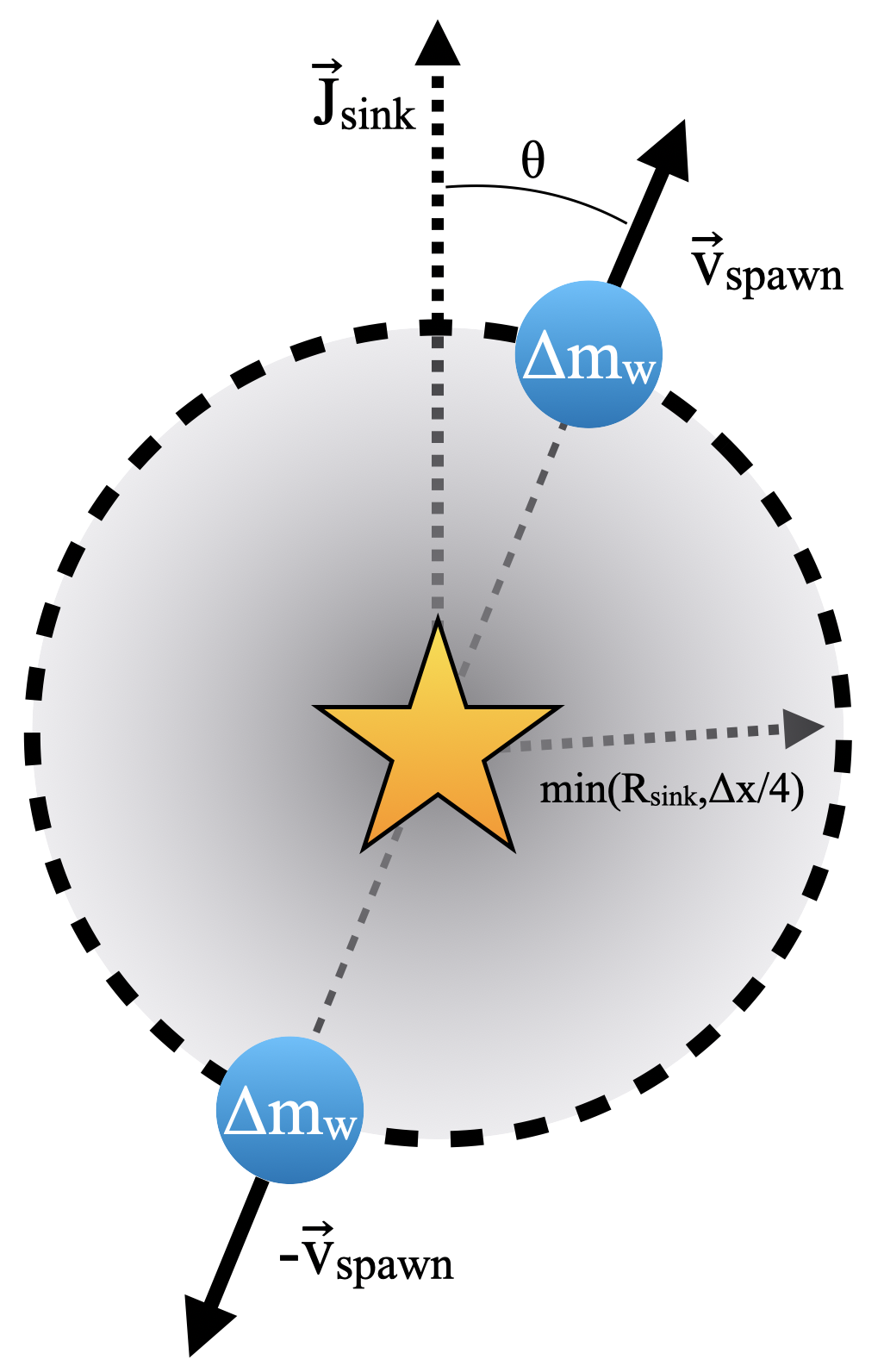

Toward a comprehensive numerical model of star cluster formation and feedback
The physics of star formation is extremely complicated, to the point that nobody fully understands how it works. Gravity, fluid dynamics, magnetic fields, chemistry, radiation, and feedback (the various ways stars can blow around the gas and dust around them) can all play decisive roles. Because there are so many different forces acting in concert, it's practically impossible to write down equations with a pen and paper to figure out how star formation should happen. That's why computer simulations can be such an important tool for studying star formation: they give us a virtual laboratory where we can play around with the physics we're interested in and see what happens. Computational star formation theory is a vibrant, successful discpline that has taught us a lot about star formation, but hasn't quite yet tackled some of the biggest questions (like why stars have the masses that they do). To really make progress, we need a simulation that combines all of the following:
- Resolution: To really tackle the big problems in star formation you need need a simulation that tracks every single star. In order to do this, your simulation needs to resolve length-scales of 10-100AU (1AU is the size of Earth's orbit around the Sun). That might sound large, but it's about a million times smaller than the gas cloud the star forms out of, so the range of length-scales involved is enormous. A 3D grid of that size couldn't even fit on the world's largest supercomputer.
- Scale: Many simulations have achieved the necessary resolution by simulating only a tiny patch of the gas cloud. You really want to simulate the whole cloud (which can be more than 100,000 times the mass of the Sun!), otherwise you might just get out whatever assumptions you put in.
- Feedback: Stars can affect the gas around them in a number of different ways, including radiation, winds, supernovae, and bipolar jets. Simulations have incorporated every kind of stellar feedback individually, but nobody has put them all together in one simulation. This is important because different kinds of feedback can have synergies, where they are more effective together than they are individually.
Enter STARFORGE: a simulation code that can do all of the above. In this paper we describe how we did it, and show that STARFORGE is up to the task of helping us tackle some of the biggest problems about the origins of stars, galaxies, planets.